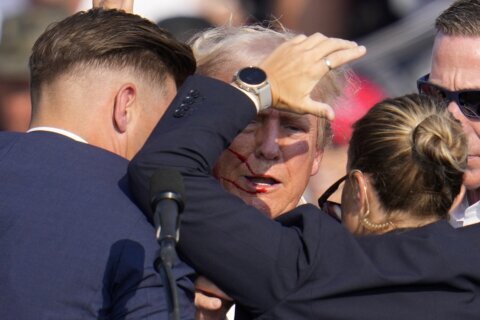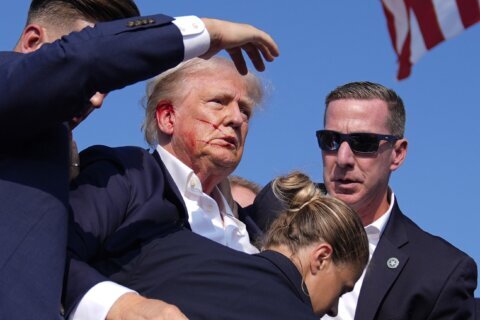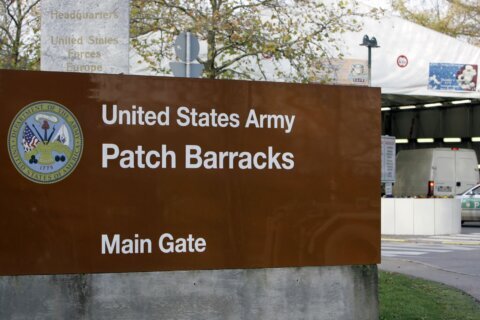WASHINGTON — U.S. federal law enforcement authorities saw it coming, but on the morning of Feb. 26, 1993, the blast that rocked New York’s World Trade Center shocked them nonetheless. Six people died and more than a thousand were injured.
In hindsight, authorities believe the plot, executed by Ramzi Yousef and Eyad Ismail, was a key learning tool for the al-Qaida team that planned the Sept. 11, 2001 attack on the same building, which killed 2,606.
Retired State Department Diplomatic Security officer Fred Burton said there were warning signs.
“When I first started in the early 1980s, you could almost see the tempo and the pace of these (terror) attacks around the globe,” he said.
Burton, a former Montgomery County, Maryland, policeman, who later became deputy chief of counterterrorism at DSS, led the team of investigators who captured Yousef.
A brazen killing in Manhattan nearly three years before the 1993 attack forecast to Burton and his team that something even more bold was coming.
“We had the assassination of Rabbi Meir Kahane, by an Egyptian named of Said Nosair,” Burton said.
On Nov. 5, 1990, Kahane, an Israeli Rabbi, delivered a speech at the Marriott Hotel in Manhattan, located at 525 Lexington Avenue. After his speech, a crowd of supporters assembled around Kahane as he answered questions. At approximately 9 p.m., a man disguised as an Orthodox Jew approached and shot him from close range with a .357 caliber pistol. The bullet struck Kahane in the neck. He died of his wounds shortly thereafter.
After the Kahane murder, the World Trade Center attack and other foiled plots to attack other New York City landmarks in the mid-1990s, hotels and other similar low-security locations became identified as “soft targets,” because of their minimal security.
A “soft target” is described by Burton and most law enforcement agencies as “a target that can be attacked easily because it lacks security.”
More visible security measures to stop attackers from getting inside of those locations is now standard, according to Burton. But in the decades since, the list of locations considered “soft targets” has expanded.
“I think we have too many soft targets. I think you can do baseline threat assessments and figure out your highest profile soft targets in any city,” Burton said.
Response times to attacks have improved, according to Burton. But as he pats first responders on the back, he laments, “Perhaps that’s all we can strive for, to be blunt.”
As questions loom about how to protect schools and other vulnerable sites, Burton said we need to be realistic.
“I don’t think we’ve figured out how to protect every soft target, and I think there are unrealistic expectations on the part of the media and the average citizen that we’re going to be able to protect everything,” he said.








